Review: 2008 Dodge Challenger SRT8 Take Two
The hand held radio crackled, “Pace car, flag’s on the white RX-7. Get in front of him.” I was at the first ever 24 Hours of LeMons race to be held in Kershaw, South Carolina. I was behind the wheel of a Vitamin C Dodge Challenger SRT8 with a 6.1-liter Hemi good for 425 hp. We were using it to pace the race. My job was to get in front of a 1981 Mazda RX-7 running under yellow. No problem. 370 cubic inches of American muscle against a wretched 26-year-old rotary? I was about to be the Godzilla to his Japan. Hell, I’d even light it up a bit– give the crowd something to cheer about. Yeah right. I could barely get in front of the Mazda, let alone woo the teeming masses.
Grossly obese and saddled with perhaps the worst automatic transmission in recent memory, the piggish SRT8 struggled to get in front of a $500 beater. Sadly (for the Dodge) the road wasn’t perfectly straight and the acceleration featured more bog than a swamp. Forget about smoking the tires; I could barely keep the beast from sailing off into the mud. I was stunned; horrified, too. Really? This is the car everyone was making such a fuss over? Long story short, the emperor was quite naked. And fat.
Look at the numbers for a moment. You have the aforementioned 425 horses along with 420 lb-ft of twist. Huge power, on paper. Yet a 0 – 60 time of just 5.4 seconds. And a price tag of $41,045. Compare this to the Ford Bullitt, which stickers for $10k less, produces “only” 315 hp/325 torques yet can hit 60 mph in 5 seconds flat. I know (trust me, I know) that there’s more to a car than it’s zero times. But these are straight up muscle cars. There’s not really much more! I just told you what happened when you turn the wheel (numbest steering ever). One more number to chew: 4,170 pounds. No, really — that’s what this blob weighs.
I won’t even mention the Chrysler-grade interior. Instead, let’s talk exterior. Or rather, the part of the Challenger that causes so many people to be so forgiving of the car’s multiple weak (and fat) spots. Not me. I’m just not into fraud, and the Challenger — even gussied up in SRT8 trim — is a phony. A fake. It looks like the car Kowalski ran flat out from Denver to (almost) San Francisco. But it isn’t, by any stretch.
First of all, unlike the real Challenger which was smaller than the Charger, this imposter is just as big as its stable mates. Making the appeal akin to those who bought PT Cruisers because they looked like old hot rods. Ridiculous, by all accounts. There’s been some grumbling that the new for 2009 six-speed manual redeems the SRT8. I guess I’ll have to see for myself, but I’m neither holding my breath or, frankly, even thinking about it. For the record, two stars.
Latest Car Reviews
Read moreLatest Product Reviews
Read moreRecent Comments
- Kjhkjlhkjhkljh kljhjkhjklhkjh A prelude is a bad idea. There is already Acura with all the weird sport trims. This will not make back it's R&D money.
- Analoggrotto I don't see a red car here, how blazing stupid are you people?
- Redapple2 Love the wheels
- Redapple2 Good luck to them. They used to make great cars. 510. 240Z, Sentra SE-R. Maxima. Frontier.
- Joe65688619 Under Ghosn they went through the same short-term bottom-line thinking that GM did in the 80s/90s, and they have not recovered say, to their heyday in the 50s and 60s in terms of market share and innovation. Poor design decisions (a CVT in their front-wheel drive "4-Door Sports Car", model overlap in a poorly performing segment (they never needed the Altima AND the Maxima...what they needed was one vehicle with different drivetrain, including hybrid, to compete with the Accord/Camry, and decontenting their vehicles: My 2012 QX56 (I know, not a Nissan, but the same holds for the Armada) had power rear windows in the cargo area that could vent, a glass hatch on the back door that could be opened separate from the whole liftgate (in such a tall vehicle, kinda essential if you have it in a garage and want to load the trunk without having to open the garage door to make room for the lift gate), a nice driver's side folding armrest, and a few other quality-of-life details absent from my 2018 QX80. In a competitive market this attention to detai is can be the differentiator that sell cars. Now they are caught in the middle of the market, competing more with Hyundai and Kia and selling discounted vehicles near the same price points, but losing money on them. They invested also invested a lot in niche platforms. The Leaf was one of the first full EVs, but never really evolved. They misjudged the market - luxury EVs are selling, small budget models not so much. Variable compression engines offering little in terms of real-world power or tech, let a lot of complexity that is leading to higher failure rates. Aside from the Z and GT-R (low volume models), not much forced induction (whether your a fan or not, look at what Honda did with the CR-V and Acura RDX - same chassis, slap a turbo on it, make it nicer inside, and now you can sell it as a semi-premium brand with higher markup). That said, I do believe they retain the technical and engineering capability to do far better. About time management realized they need to make smarter investments and understand their markets better.



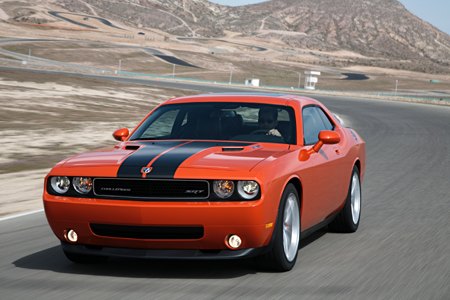



















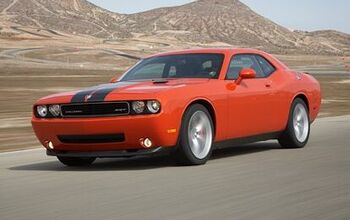
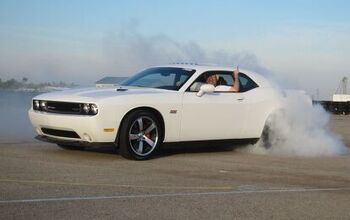
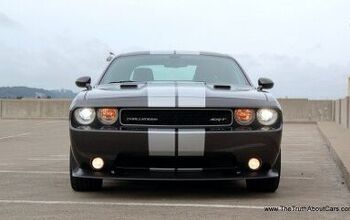
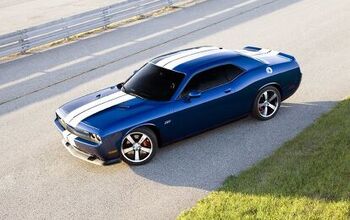
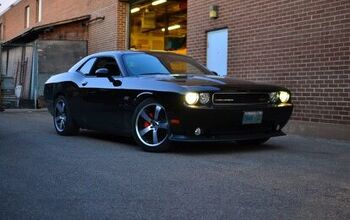










Comments
Join the conversation
My goodness! This Challenger is much too big and powerful. It seems to have really frightened the person that started this thread. This car also seems to be very threatening to some that have posted their comments. Yes, a Mazda is a much more sensible automobile. Even better, a Mini Cooper, or a Prius! Putting a Green Peace and PETA sticker on the Challenger may help make it more politically correct. However, you still may raise eyebrows at the natural foods store, while getting your tofu and alfalfa sprouts. One final concern - the Challenger must leave a very large carbon footprint. Al Gore would not approve. He's going to save the planet you know!
Gas mileage on the 2009 challenger srt8. I have put 23,000 miles on my challenger since I bought it in December, about the 18th, 22mpg going more than 70 down the freeway 18.3 in the city, 17 with my foot in the pedal, tires smoking. Gas mileage in my ford f250, 12 on the freeway, 10 in the city. Gas mileage in my 4 cylinder ranger, 16/14 Gas mileage in my e350 van 12/10 Gas mileage with my 64 malibu ss 283 high performance 4 speed 12 Gas mileage with 1974 formula 350 firebird 12/10 I was really worried when i bought the challenger but now i'm so happy I want another. Killerdecks